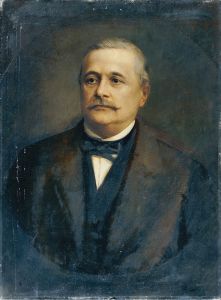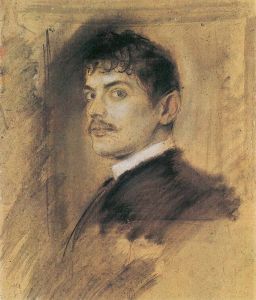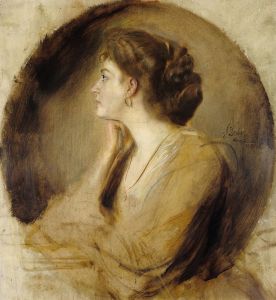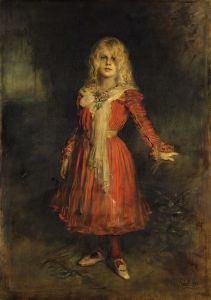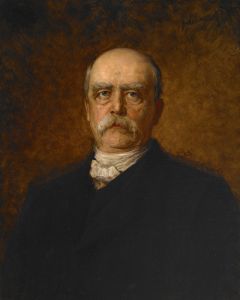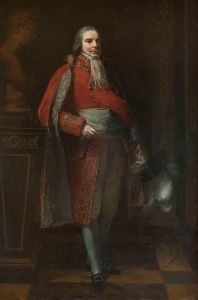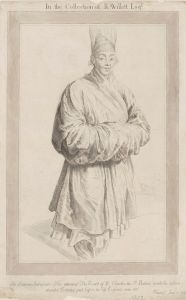
Bildnis Otto von Bismarck
A hand-painted replica of Franz von Lenbach’s masterpiece Bildnis Otto von Bismarck, meticulously crafted by professional artists to capture the true essence of the original. Each piece is created with museum-quality canvas and rare mineral pigments, carefully painted by experienced artists with delicate brushstrokes and rich, layered colors to perfectly recreate the texture of the original artwork. Unlike machine-printed reproductions, this hand-painted version brings the painting to life, infused with the artist’s emotions and skill in every stroke. Whether for personal collection or home decoration, it instantly elevates the artistic atmosphere of any space.
Franz von Lenbach's "Bildnis Otto von Bismarck" is a portrait of Otto von Bismarck, the prominent 19th-century German statesman who played a key role in the unification of Germany and served as its first Chancellor. Lenbach, a renowned German portrait painter of the late 19th century, was known for his depictions of influential figures of his time, and his works often reflected the power and stature of his subjects.
This particular portrait is one of several that Lenbach painted of Bismarck. Lenbach and Bismarck had a professional relationship, and the artist was granted multiple sittings with the statesman. These sittings allowed Lenbach to capture Bismarck's likeness with great accuracy and detail. The painting portrays Bismarck in a dignified and authoritative manner, consistent with his reputation as the "Iron Chancellor." Lenbach's use of dark tones and realistic detail emphasizes Bismarck's commanding presence and his role as a central figure in European politics.
The exact date of this specific portrait is not always clearly documented, as Lenbach created multiple versions and studies of Bismarck over the years. However, many of Lenbach's portraits of Bismarck were completed during the 1870s and 1880s, a period when Bismarck was at the height of his political power. The artist's works were highly sought after during this time, and his portraits of Bismarck became iconic representations of the statesman.
Lenbach's style in this work reflects his academic training and his ability to combine realism with a sense of grandeur. The portrait is often noted for its psychological depth, as it not only captures Bismarck's physical appearance but also conveys his personality and the weight of his political responsibilities. The painting has been praised for its ability to communicate the essence of Bismarck's character, making it a significant piece in the history of 19th-century portraiture.
Today, Lenbach's portraits of Bismarck, including "Bildnis Otto von Bismarck," are considered important cultural artifacts. They provide insight into the relationship between art and politics during the German Empire and serve as a visual record of one of the most influential figures in modern European history. Some of these works are housed in museums and collections, such as the Lenbachhaus in Munich, which is dedicated to the artist's legacy.






